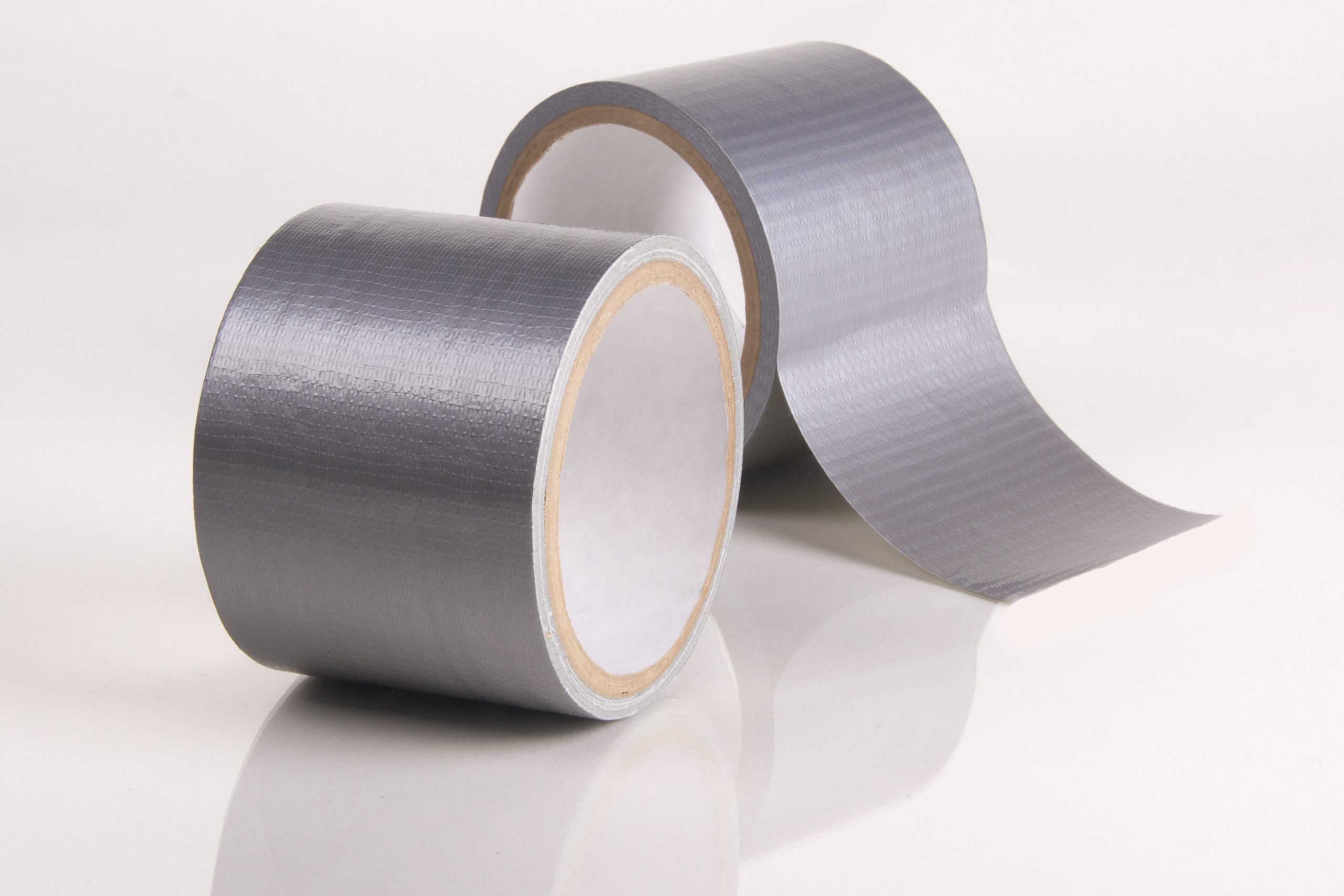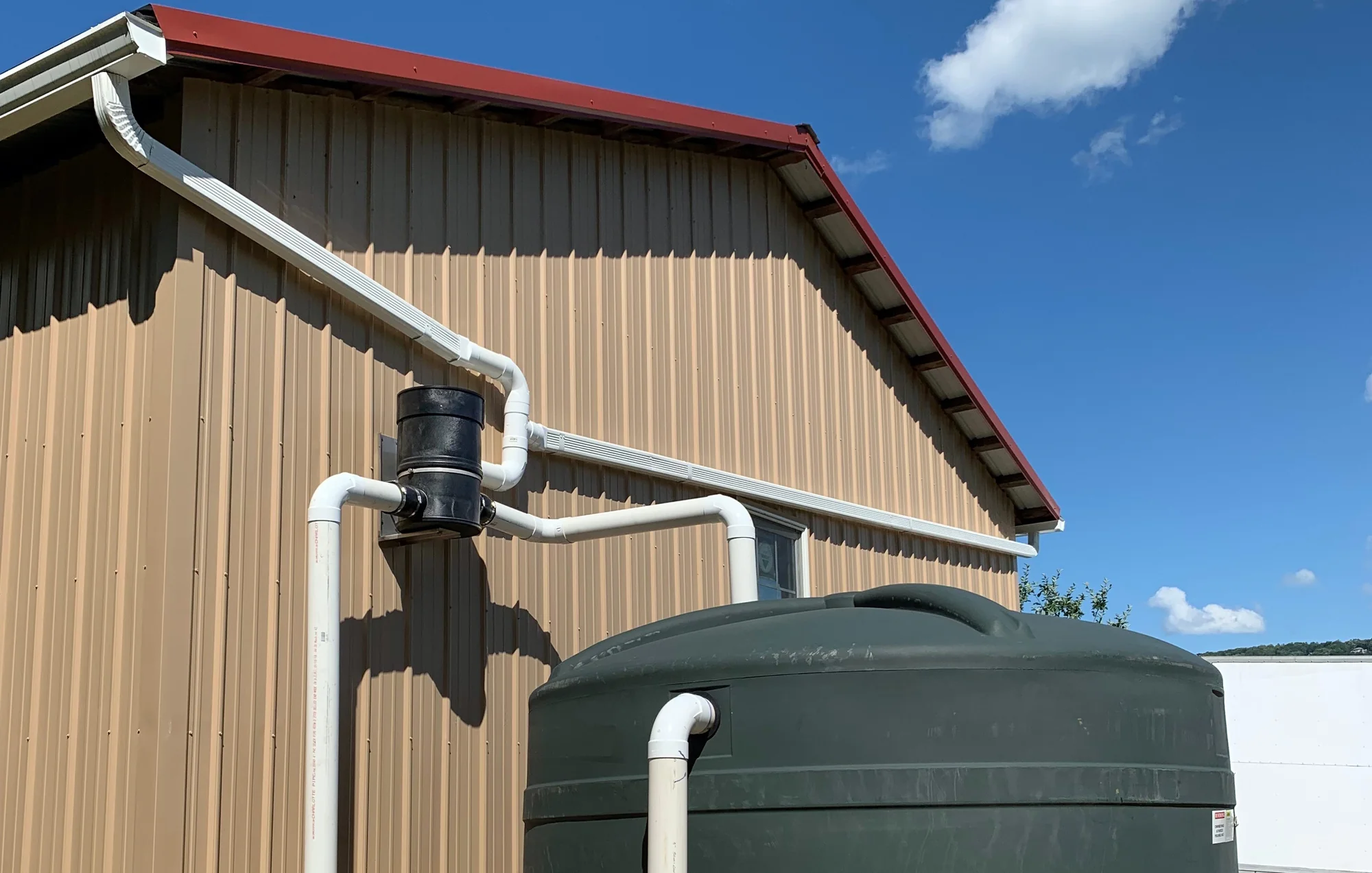Landscaping can transform the aesthetic of a home or property, but it often comes with the burden of high maintenance and care. This article delves into low-maintenance landscaping, a method that marries beauty with functionality while minimizing effort and upkeep. This approach especially appeals to those who love an attractive outdoor space but have limited time or desire for gardening. This article will explore various hacks that make landscaping beautiful and effortlessly sustainable, from selecting the right plants to incorporating smart irrigation systems. Whether you’re a seasoned gardener or a beginner, these tips will help you create a stunning outdoor space that demands minimal upkeep.
Contents
Understanding Low Maintenance Landscaping

Low-maintenance landscaping is about making smart choices in garden design and plant selection to minimize upkeep and costs. This approach involves choosing plants that require less water, fertilizer, and pruning. It’s not just about being lazy or cutting corners; it’s about creating a sustainable and eco-friendly outdoor space. Homeowners can enjoy a beautiful garden without constant upkeep by prioritizing plants that thrive naturally in the local climate and using materials that require minimal care. The key lies in understanding the local environment and working with, rather than against, nature.
This concept also extends to the design aspect, where the garden’s layout is crucial. Strategic placement of plants, mulching, and incorporating elements like hardscaping can significantly reduce the time spent on garden maintenance. By planning a garden layout that maximizes natural elements and minimizes labor-intensive features, homeowners can create a serene and inviting outdoor space that remains beautiful year-round with minimal effort.
Choosing the Right Plants

Choosing the right plants is pivotal in creating a low-maintenance landscape. Native plants are ideal as they are adapted to the local climate and soil conditions, requiring less water and care. They also support local biodiversity by providing habitats for native wildlife. When selecting plants, consider their growth habits and maintenance needs. Perennials are a popular choice as they return year after year, reducing the need for replanting.
Drought-resistant plants are another excellent option for low-maintenance gardens. These plants, once established, require minimal watering and are ideal for areas prone to dry spells. Succulents, lavender, and ornamental grasses are drought-resistant plants that add texture and color to the garden. Remember, the goal is to choose plants that thrive naturally in your environment, reducing the need for constant care and attention.
Effective Use of Mulch

Mulch is a landscaper’s secret weapon for reducing garden maintenance. It helps in retaining soil moisture, thus reducing the need for frequent watering. Mulch also suppresses weeds, often the bane of any gardener’s existence. Covering the soil with a layer of mulch can prevent weed seeds from taking root, saving hours of weeding.
Organic mulches, like wood chips or straw, add nutrients to the soil as they decompose, further enhancing the health of the plants. When applying mulch, ensure it’s spread evenly and not too thick, as overly thick mulch can suffocate plant roots. The use of mulch reduces maintenance and improves the overall health and appearance of the garden.
Incorporating Artificial Grass

Artificial grass is a viable option for those looking to drastically reduce lawn maintenance. Modern artificial grass looks surprisingly real and requires no mowing, watering, or fertilizing. It’s particularly suitable for areas where lawn maintenance is challenging, such as shaded areas or places with water restrictions.
While the initial cost of installing artificial grass can be high, it pays off in the long run with reduced water bills and eliminated lawn care expenses. It’s also a practical solution for pet owners, as it’s durable and easy to clean. Artificial grass provides a consistently green and manicured look with almost zero effort, making it an attractive option for busy homeowners.
Utilizing Hardscaping

Hardscaping refers to the non-living elements of landscaping, such as stone walls, patios, and walkways. These features add structure and elegance to the garden while reducing the area that requires regular maintenance. For example, a well-designed patio provides a space for relaxation and entertainment without the upkeep of a lawn or flowerbed.
Incorporating hardscape elements like gravel, pavers, or decorative stones can provide a low-maintenance alternative to grassy areas. These materials don’t require watering, mowing, or fertilizing, making them a perfect fit for a low-maintenance landscape. Thoughtful placement of hardscaping can create a balanced and aesthetically pleasing outdoor space that requires minimal upkeep.
Irrigation Systems for Efficiency

Efficient watering is crucial in maintaining a healthy, low-maintenance garden. Drip irrigation systems deliver water directly to the roots of plants, minimizing water wastage and the need for frequent watering. These systems can be automated, reducing the effort required for garden upkeep.
Soaker hoses are another efficient way to water plants. Unlike traditional sprinklers, soaker hoses reduce water evaporation and prevent the wetting of foliage, which can lead to disease. Investing in an efficient irrigation system saves time and conserves water, making it an eco-friendly choice for garden maintenance.
Regular Maintenance Tips

Even a low-maintenance garden requires some regular care. However, these tasks can be minimized and efficiently managed. Seasonal pruning, for instance, can be simplified by choosing plants that naturally maintain their shape. Similarly, selecting disease-resistant plants can reduce the need for chemical treatments.
Weeding, though reduced through the use of mulch, may still be necessary occasionally. Employing a proactive approach, such as removing weeds before they seed, can significantly reduce their occurrence. Regular but minimal maintenance ensures the garden remains healthy and attractive without becoming a time-consuming chore.
Embracing Sustainable Practices

Sustainable gardening practices go hand-in-hand with low-maintenance landscaping. Composting, for instance, provides a steady supply of nutrient-rich organic matter for the garden, reducing the need for commercial fertilizers. Rainwater harvesting is another sustainable practice that reduces dependence on external water sources, making the garden more self-sufficient and eco-friendly.
Choosing pest-resistant plants and using natural pest control methods can also reduce maintenance. These practices make garden care easier and contribute to creating an environmentally responsible outdoor space.
The Bottom Line
Low-maintenance landscaping is a practical and sustainable approach to gardening that allows homeowners to enjoy a beautiful outdoor space without the burdens of high upkeep. By understanding the principles of low-maintenance landscaping, choosing the right plants, and incorporating smart design elements like mulch, artificial grass, and hardscaping, homeowners can create a beautiful and easy to care for. Efficient irrigation systems and regular but minimal maintenance further simplify garden care. Embracing these low-maintenance landscaping hacks will save time and resources and create a more sustainable and enjoyable outdoor living space.


